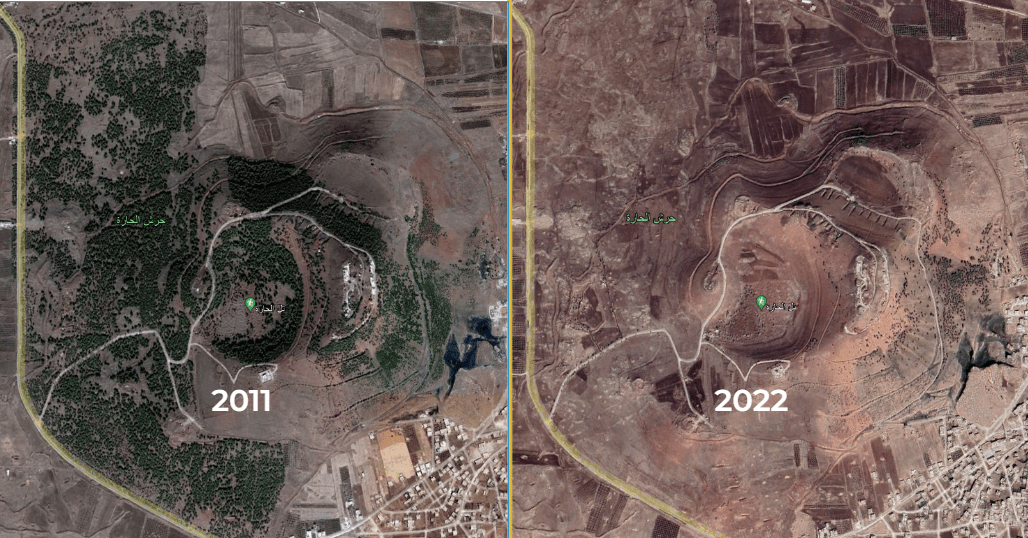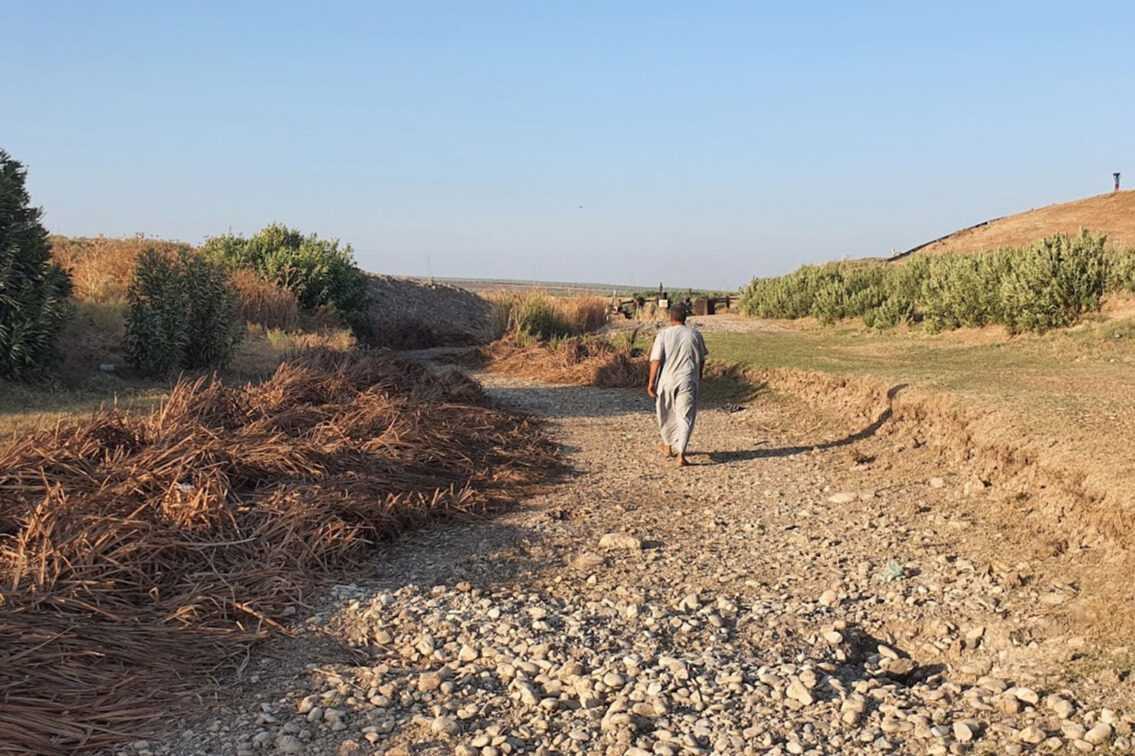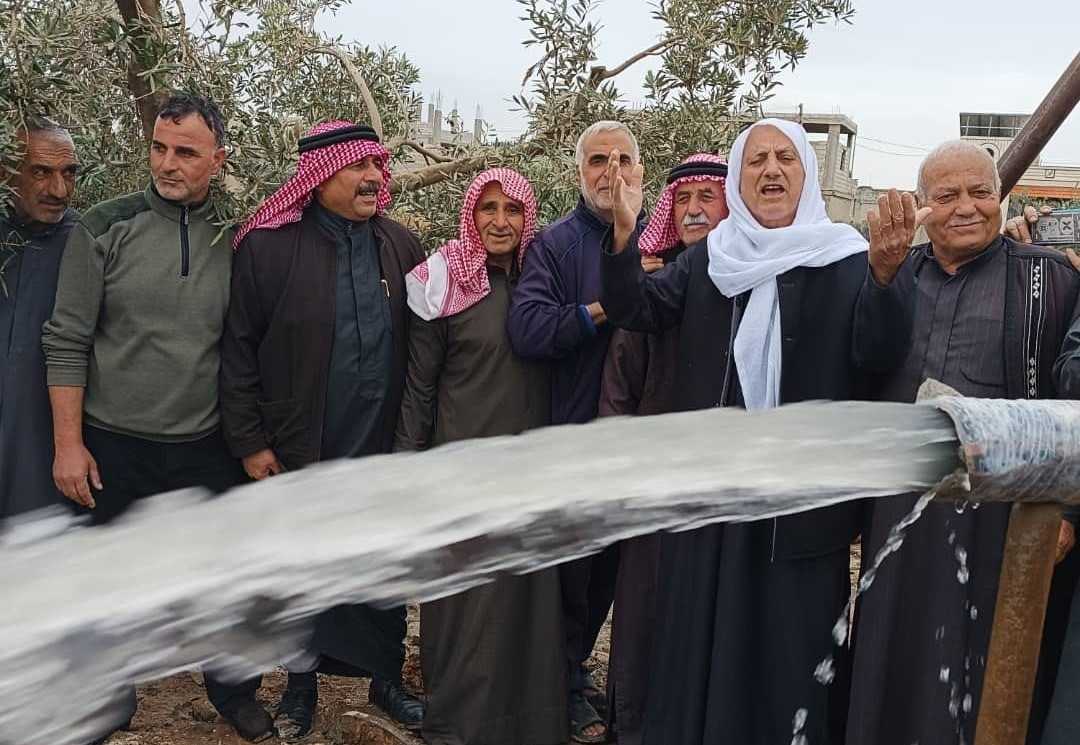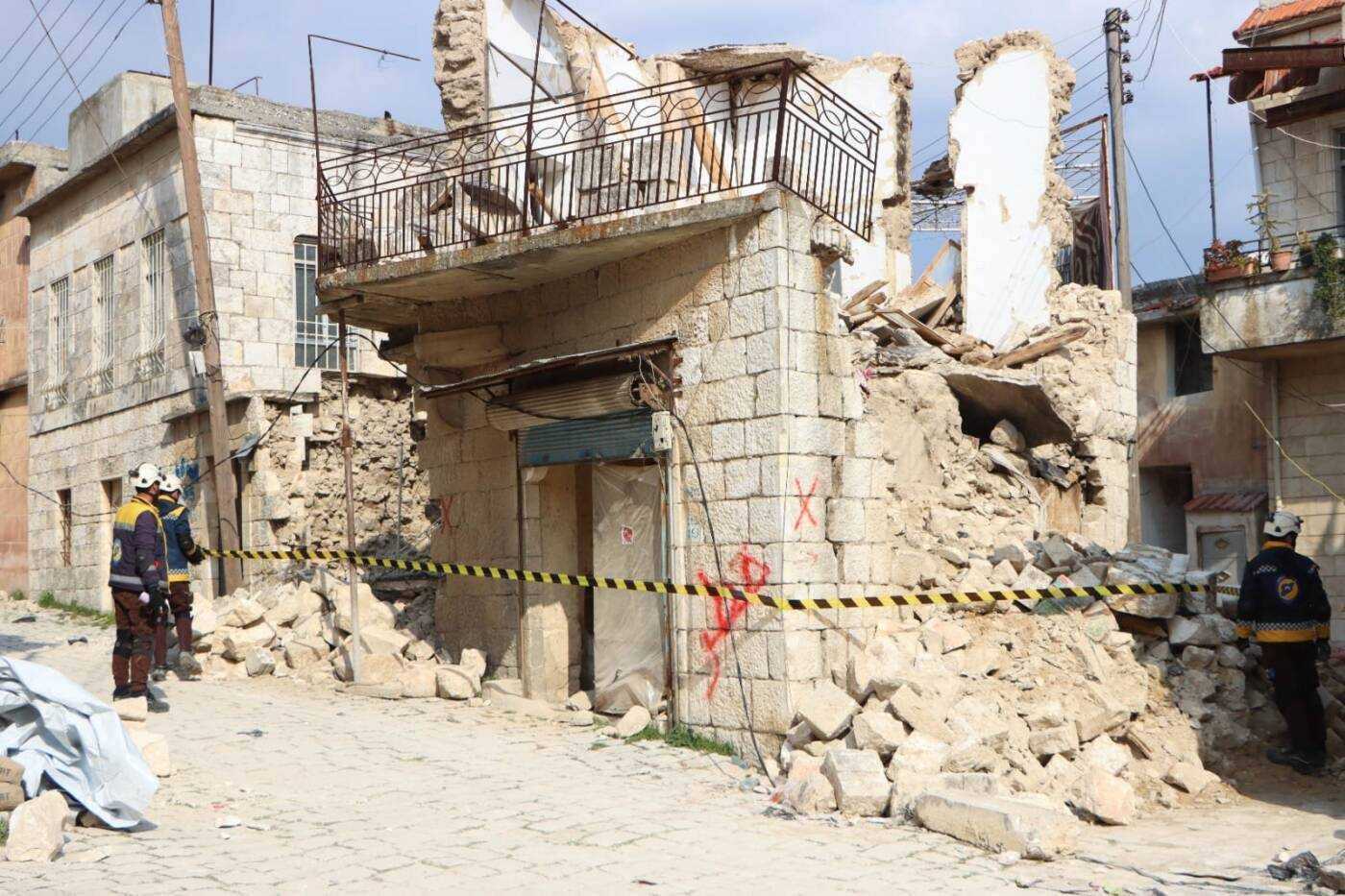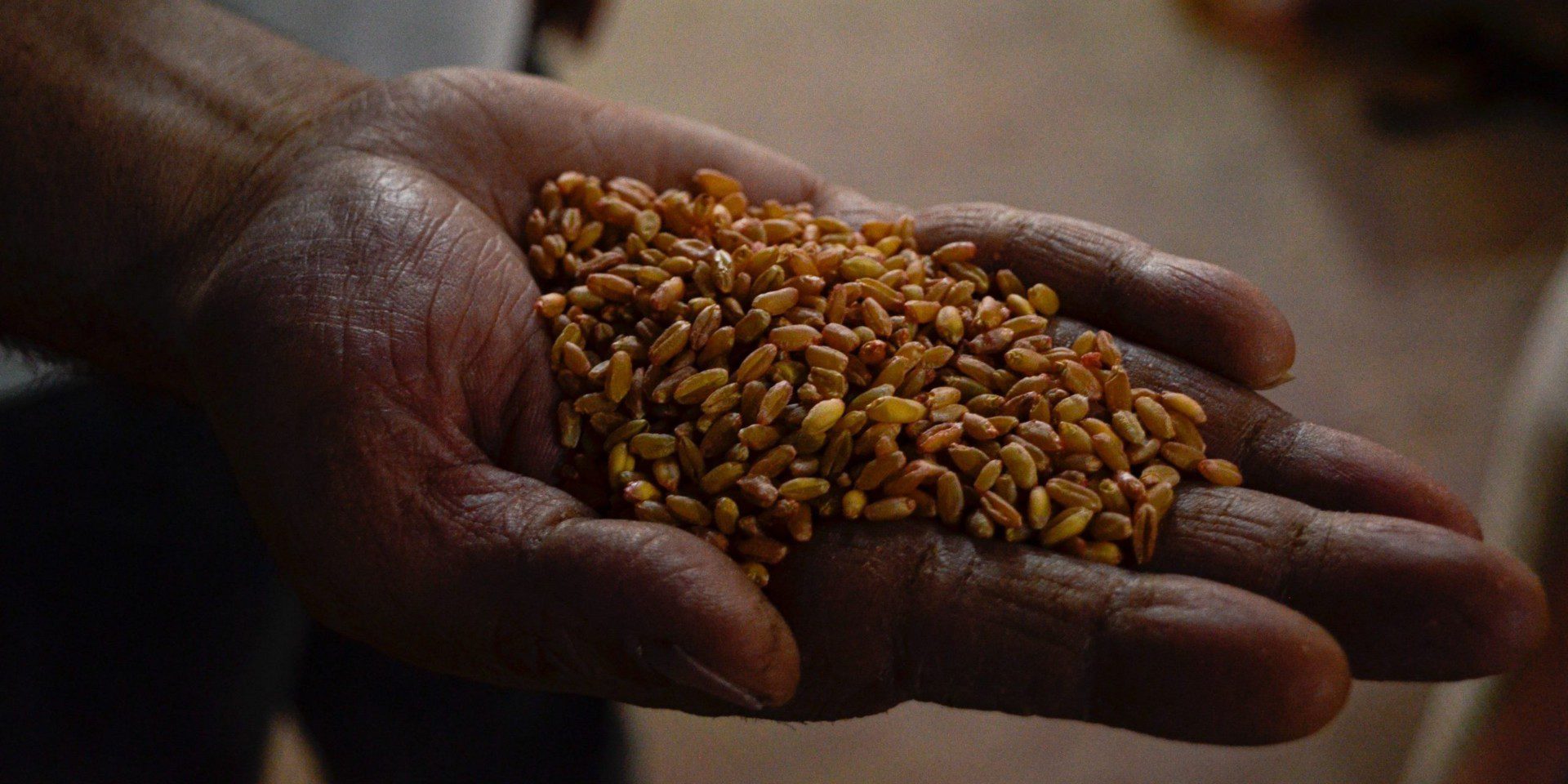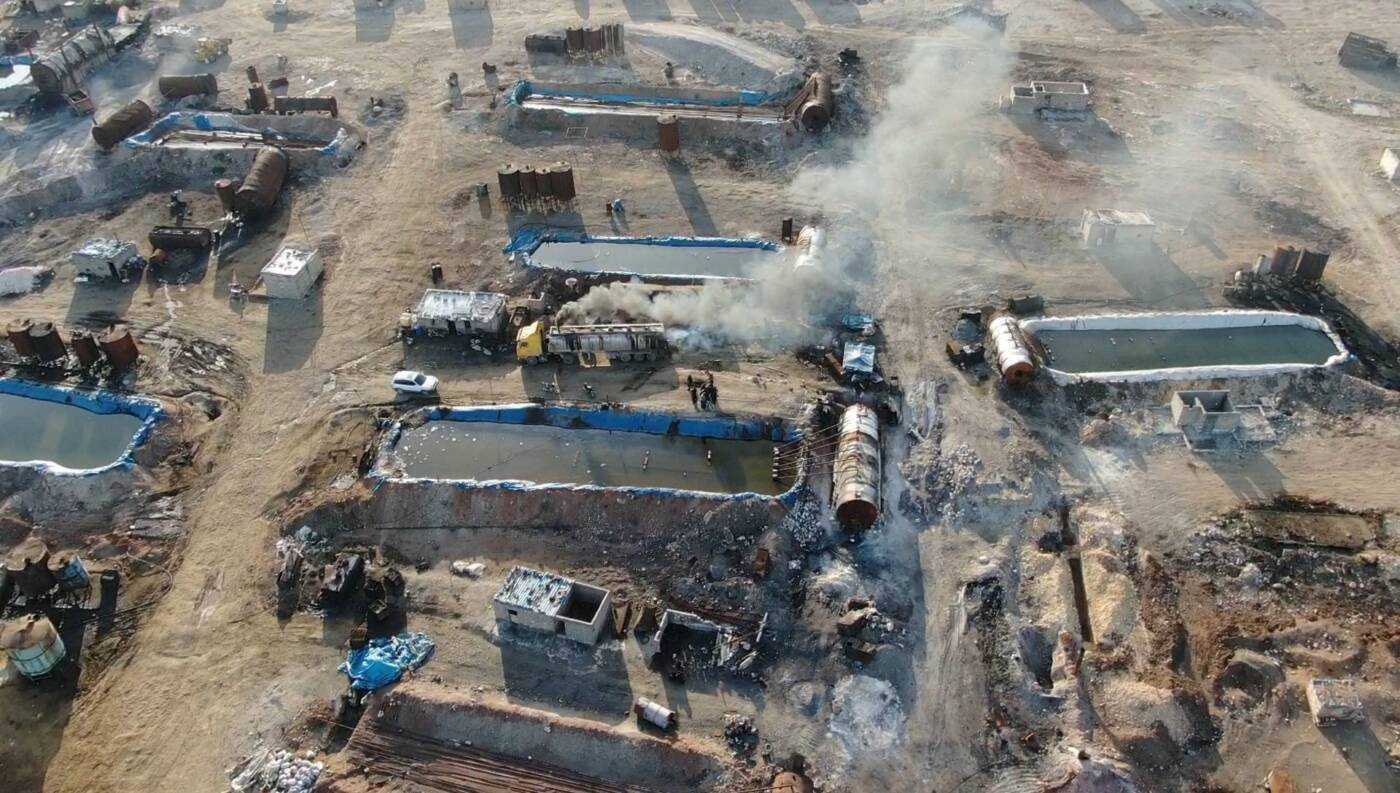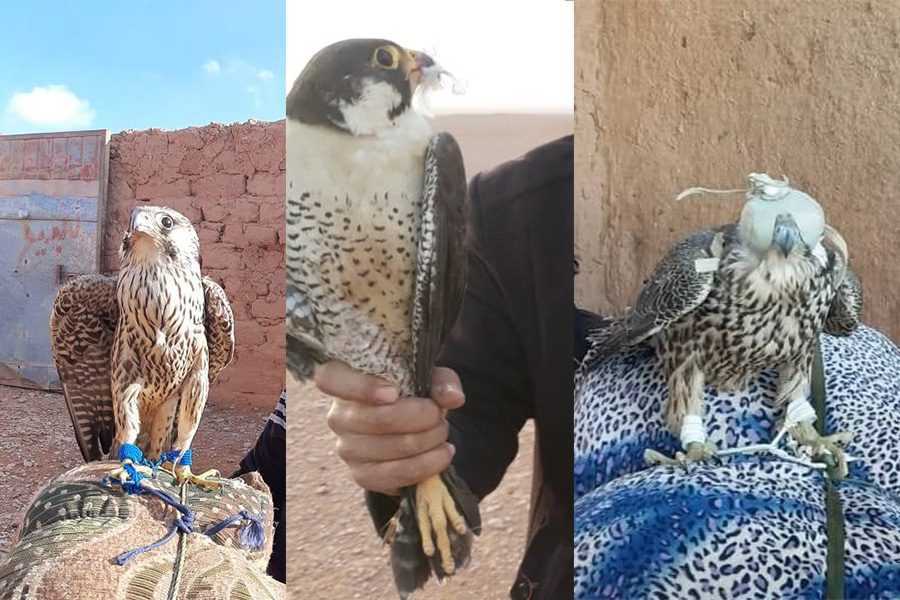Under the axe: The fall of Daraa’s forests and fruit trees
Trees have fallen under the axe in Daraa and across Syria since the spring 2011 revolution, cut for wood to sell or use as an alternative to heating and cooking gas during war, siege and economic crises. Since 2020, however, logging has increased to include fruit-bearing trees on private farmland and within cities.

